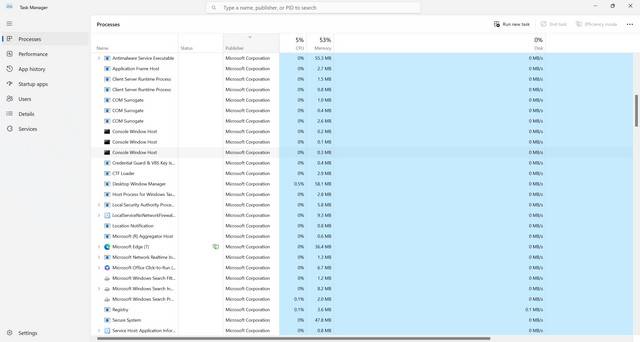When it comes to computer security, it’s important to be aware of the various processes and programs running on your system. One such program that you may come across is findstr.exe. In this article, we will explore what findstr.exe is, its purpose, and whether or not you should remove it from your system.

What is findstr.exe?
Findstr.exe is a command-line tool that is included with the Windows operating system. It is primarily used to search for specific strings of text within files. This tool allows users to search for patterns, regular expressions, or literal strings in files and directories.
Findstr.exe is a powerful utility that can be used for a variety of purposes. It can help users find specific information within log files, search for specific strings within source code files, or even locate files that contain certain text. It is a versatile tool that can be useful for both developers and system administrators.
Should I remove findstr.exe?
Findstr.exe is a legitimate Windows system file and is not considered to be a threat. It is an essential part of the operating system and removing it can cause issues with certain applications or system functions that rely on it.
However, it’s worth noting that like any other system file, findstr.exe can be targeted by malware or used maliciously. Malware authors may disguise their malicious files with names similar to findstr.exe to avoid detection. Therefore, it’s important to ensure that the findstr.exe file on your system is legitimate and not a malicious imposter.
If you suspect that the findstr.exe file on your system may be malicious, it is recommended to scan your computer for viruses and malware. One reliable and effective tool for this purpose is Malwarebytes Free. It can help detect and remove any potential threats, including malware that may be masquerading as findstr.exe.
How to verify the legitimacy of findstr.exe?
If you want to ensure that the findstr.exe file on your system is legitimate, you can follow these steps:
- Open the Windows Task Manager by pressing Ctrl + Shift + Esc or by right-clicking on the taskbar and selecting “Task Manager”.
- Go to the “Processes” or “Details” tab, depending on your version of Windows.
- Locate findstr.exe in the list of processes.
- Right-click on findstr.exe and select “Open File Location”.
- A new window will open, displaying the location of the findstr.exe file on your system.
If the file location is within the C:\Windows\System32 directory, it is likely to be the legitimate findstr.exe file. However, if the file is located in a different directory or if you notice any suspicious behavior, it is recommended to further investigate the file’s legitimacy or scan your system for malware.
Conclusion
Findstr.exe is a legitimate Windows system file that is used for searching text within files and directories. It is an essential tool for developers and system administrators. While findstr.exe itself is not a threat, it can be targeted by malware or used maliciously. Therefore, it’s important to verify the legitimacy of the findstr.exe file on your system and scan for malware if you suspect any malicious activity.
Remember, if you ever need to scan your computer for viruses or malware, consider using Malwarebytes Free. It is a reliable and effective tool that can help keep your system secure.










